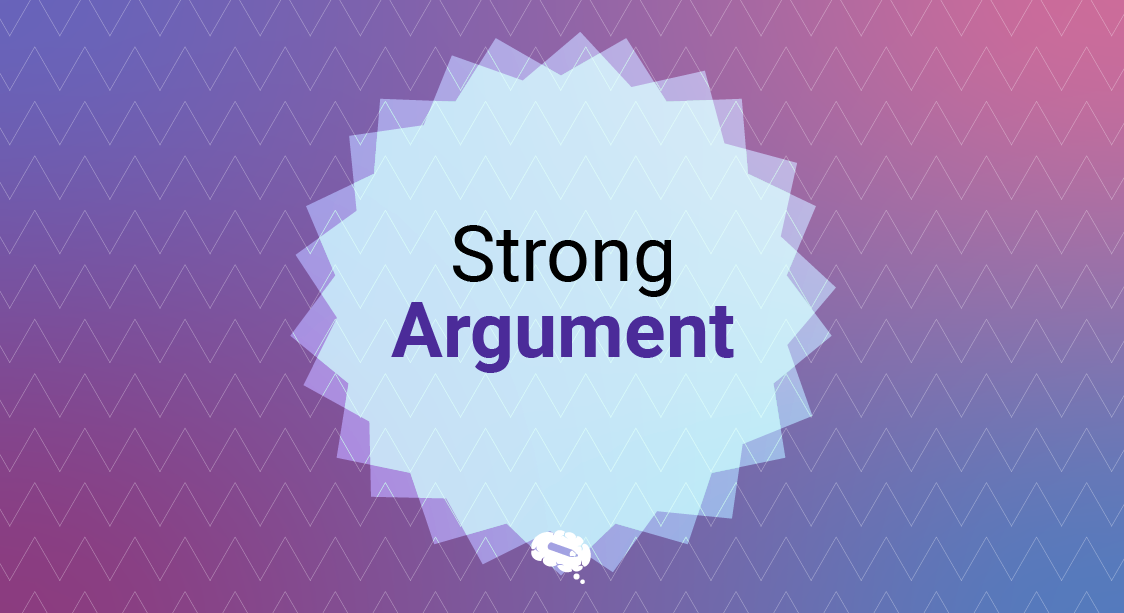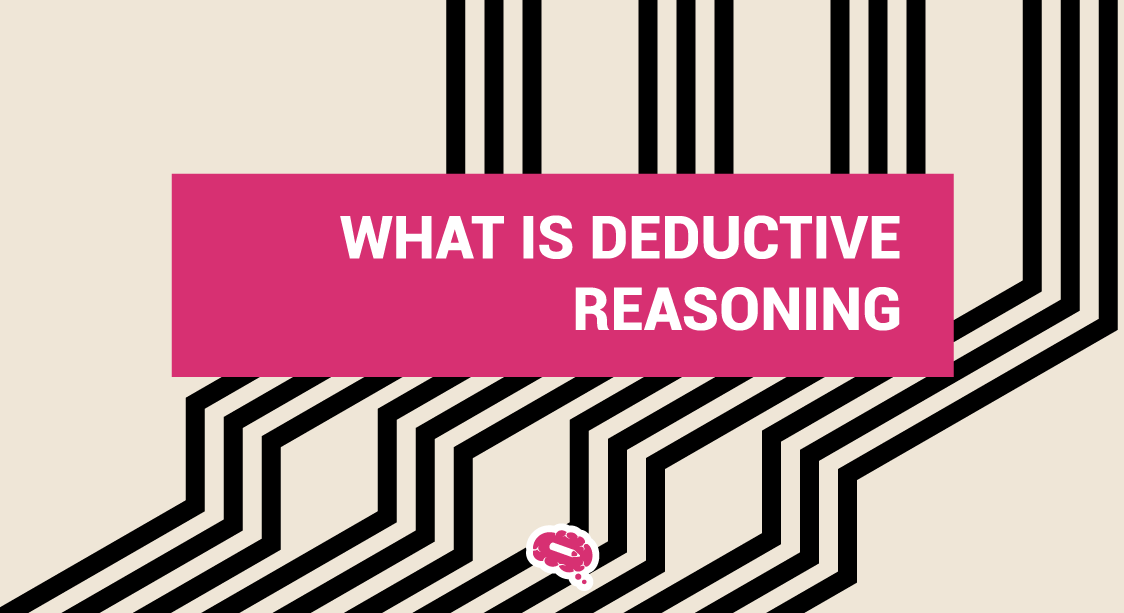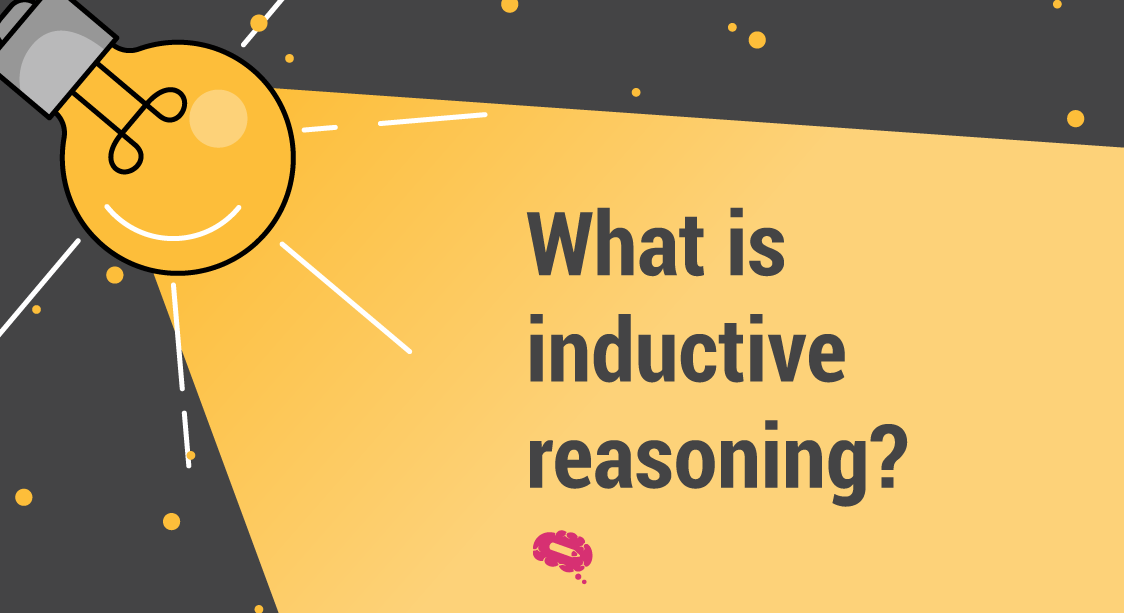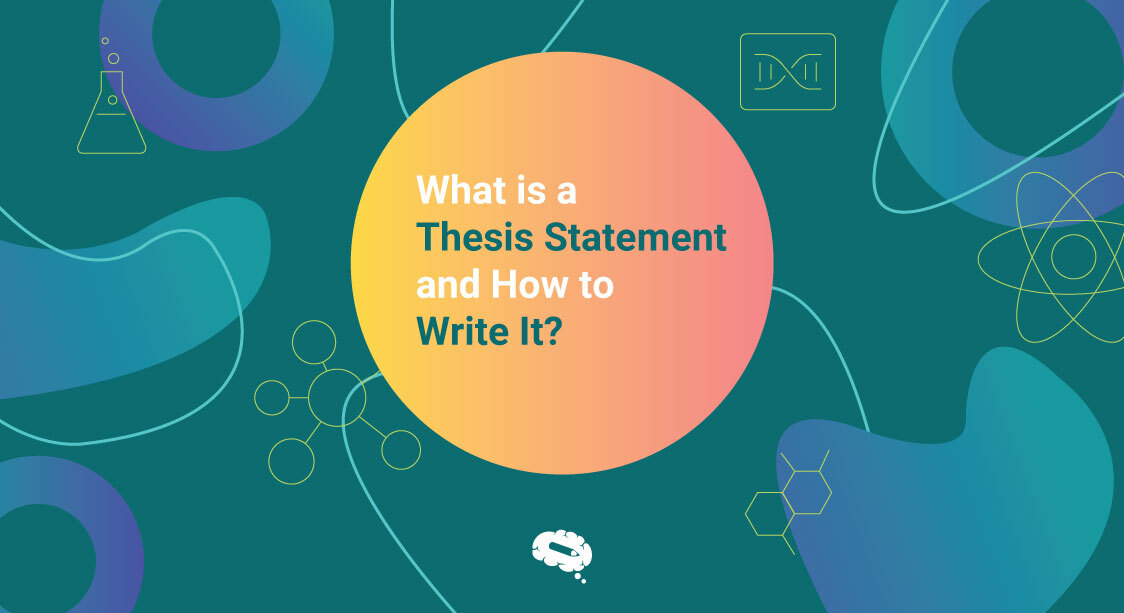In the dynamic realm of academic research, where ideas are scrutinized, challenged, and refined, constructing a robust argument serves as both a shield and a beacon. It shields your work from dismissive skepticism and illuminates the path toward deeper understanding and acceptance. Beyond merely presenting evidence, crafting a strong argument involves weaving together disparate strands of information into a cohesive narrative that compels readers to reconsider their perspectives or embrace new insights.
At its core, the importance of constructing a strong argument lies in its capacity to foster intellectual discourse and advance knowledge. In an era marked by information overload and conflicting viewpoints, the ability to articulate a persuasive argument distinguishes rigorous scholarship from mere conjecture, laying the groundwork for meaningful contributions to the academic community.
Moreover, a well-constructed argument serves as a roadmap for navigating the complexities of research. It provides a framework for organizing data, interpreting results, and drawing conclusions, guiding both researchers and readers through the intricacies of the study. By distilling complex ideas into clear, logical assertions, an effective argument not only enhances the clarity and coherence of your writing but also facilitates engagement and comprehension among your audience.
Understanding Arguments
Strong arguments refer to assertions or claims supported by robust evidence, logical reasoning, and persuasive rhetoric. These arguments are characterized by their ability to withstand scrutiny, challenge opposing viewpoints, and effectively convey the validity of a particular perspective or interpretation.
Definition Of An Argument
An argument, in the context of discourse and reasoning, refers to a set of statements or propositions put forth to support or justify a particular claim or viewpoint. Contrary to its colloquial meaning suggesting confrontation or disagreement, an argument in this sense is a structured and reasoned presentation of evidence and reasoning aimed at persuading others of the validity of a position. Key components of an argument include:
- Claim or Proposition: This is the central assertion or statement being made. It is the main idea that the arguer is trying to support or prove. Claims can range from factual statements to value judgments or proposals for action.
- Evidence: Evidence provides support for the claim and can take various forms, including empirical data, statistics, expert opinions, examples, anecdotes, or logical reasoning. The strength and relevance of the evidence contribute to the overall persuasiveness of the argument.
- Reasoning: Arguments involve a logical structure where the evidence provided leads to a conclusion. This reasoning process typically involves establishing premises (statements assumed to be true) and drawing logical inferences or deductions from these premises to support the claim.
- Counterarguments and Rebuttals: Effective arguments often anticipate potential objections or counterarguments and address them proactively. This may involve acknowledging opposing viewpoints, refuting counterarguments with evidence or reasoning, or modifying the claim to accommodate valid objections.
- Rhetorical Devices: Rhetorical devices such as persuasive language, appeals to emotion or credibility, and logical fallacies may be employed to enhance the persuasiveness of the argument. However, it’s important to use these devices ethically and transparently, without resorting to manipulative tactics.
Overall, an argument is a structured and systematic attempt to persuade others of the validity or merit of a particular claim or viewpoint. It is an essential tool in critical thinking, intellectual discourse, and the pursuit of knowledge across various fields, including academia, politics, law, and everyday communication.
Different Types Of Arguments
Here are descriptions of different types of arguments commonly encountered in discourse and reasoning:
- Deductive Argument: In deductive arguments, the conclusion logically follows from the premises. If the premises are true, the conclusion must also be true. Deductive reasoning moves from general principles to specific instances. For example:
- Premise 1: All humans are mortal.
- Premise 2: Socrates is a human.
- Conclusion: Therefore, Socrates is mortal.
Related article: What Is Deductive Reasoning: An Introduction to Logical Thinking
- Inductive Argument: Inductive arguments involve reasoning from specific observations or instances to broader generalizations or conclusions. Unlike deductive arguments, inductive reasoning does not guarantee the truth of the conclusion but assesses the probability or likelihood of it being true based on the evidence. For example:
- Premise 1: Every observed swan is white.
- Conclusion: Therefore, all swans are white (inductive generalization).
- Abductive Argument: Abductive reasoning, also known as inference to the best explanation, involves selecting the most plausible explanation for a set of observations or evidence. It aims to infer the cause or underlying reason behind a phenomenon based on the available information. For example:
- Observation: The streets are wet.
- Explanation: It rained while I was indoors.
- Conclusion: Therefore, the streets are wet because it rained.
- Analogical Argument: Analogical arguments draw parallels between two or more similar cases to support a conclusion about one of them. This type of argument relies on the assumption that if two situations are alike in certain relevant respects, they will likely be alike in other respects as well. For example:
- Situation 1: Country A implemented a policy and saw economic growth.
- Situation 2: Country B is considering a similar policy.
- Conclusion: Therefore, implementing the policy in Country B will likely lead to economic growth.
- Causal Argument: Causal arguments assert that one event or phenomenon is the result of another event or phenomenon. They seek to establish a cause-and-effect relationship between variables based on evidence or reasoning. For example:
- Premise 1: Smoking cigarettes increases the risk of lung cancer.
- Premise 2: John is a heavy smoker.
- Conclusion: Therefore, John is at a higher risk of developing lung cancer.
- Evaluative Argument: Evaluative arguments involve making judgments or assessments about the quality, value, or significance of something. These arguments often rely on criteria or standards to support the evaluation. For example:
- Claim: The new education policy will improve student outcomes.
- Criteria: Increased test scores, graduation rates, and student satisfaction.
- Evidence: Data showing improvements in these areas in pilot programs.
- Conclusion: Therefore, the new education policy is beneficial.
Also read: Inductive vs Deductive Research: Two Approaches to Data Analysis
These are just a few examples of the types of arguments encountered in discourse and reasoning. Each type has its own strengths, weaknesses, and appropriate contexts for use. Effective reasoning often involves employing a combination of these argument types to construct persuasive and logically sound arguments.
Constructing A Strong Argument
Constructing a strong argument is a skill that requires careful planning, critical thinking, and effective communication.
Clear Thesis Statement
Creating a clear and compelling thesis statement is essential for conveying the main idea of your argument or essay effectively. Here’s a guide to help you craft a thesis statement that is concise, specific, and persuasive:
- Be Specific: Your thesis statement should clearly express the central claim or argument you intend to make. Avoid vague or broad statements that lack clarity. Instead, focus on a specific aspect of your topic that you will explore in your writing.
- Make it Debatable: A strong thesis statement presents a perspective or position that is open to interpretation and debate. Avoid stating facts or truisms that are universally accepted. Instead, articulate a viewpoint that invites discussion and analysis.
- Provide Direction: Your thesis statement should give readers a clear sense of the direction your argument will take. It should indicate the main points or arguments you will use to support your claim. This helps readers understand the scope and focus of your essay.
- Be Concise: Keep your thesis statement concise and to the point. Aim for clarity and precision by using clear language and avoiding unnecessary words or phrases. Ideally, your thesis statement should be one or two sentences long.
- Tailor it to Your Audience: Consider the interests, knowledge level, and perspectives of your audience when crafting your thesis statement. Adapt your language and tone to resonate with your readers and address their concerns or expectations.
- Avoid Ambiguity: Ensure that your thesis statement is unambiguous and free of vague terms or language. Clearly define any key terms or concepts that may be subject to interpretation. This helps prevent confusion and ensures that your argument is easy to follow.
- Make it Original: Strive to develop a thesis statement that offers a unique perspective or insight into your topic. Avoid stating the obvious or recycling commonly held beliefs. Instead, aim to present a fresh interpretation or argument that contributes to the existing body of knowledge.
- Revise and Refine: Take the time to revise and refine your thesis statement as needed. Experiment with different phrasing or wording to find the most effective way to express your argument. Seek feedback from peers, instructors, or mentors to ensure that your thesis statement is clear, compelling, and persuasive.
Related article: What is a Thesis Statement and How to Write It?
Supporting Evidence
Gathering strong and credible supporting evidence is essential for bolstering the validity and persuasiveness of your argument. Here’s a discussion on why it’s important and how to gather such evidence:
Importance Of Supporting Evidence
- Enhances Credibility: Strong evidence lends credibility to your argument by demonstrating that your claims are grounded in facts rather than mere opinions or assumptions.
- Strengthens Persuasiveness: Credible evidence makes your argument more persuasive by providing tangible support for your claims and convincing your audience of their validity.
- Builds Trust: Presenting reliable evidence builds trust with your audience, showing that you have conducted thorough research and are knowledgeable about the topic at hand.
- Anticipates Counterarguments: Strong evidence anticipates potential objections or counterarguments and preempts them by addressing them proactively, thereby reinforcing the robustness of your argument.
How to Gather Strong and Credible Supporting Evidence
- Conduct Thorough Research: Start by conducting thorough research on your topic using reputable sources such as scholarly articles, books, government publications, and reputable websites. Make sure to consult a diverse range of sources to gain a comprehensive understanding of the topic.
- Evaluate the Credibility of Sources: Assess the credibility and reliability of the sources you intend to use. Consider factors such as the author’s expertise, the publication or organization’s reputation, the currency of the information, and whether the source is peer-reviewed or editorially reviewed.
- Use Empirical Data: Incorporate empirical data, statistics, and research findings to support your arguments. Look for studies, experiments, surveys, or observational data that provide quantitative or qualitative evidence relevant to your topic.
- Seek Expert Opinions: Include expert opinions or insights from reputable authorities in the field to lend authority and credibility to your argument. Quotes or references from recognized experts can strengthen your case and provide additional perspective.
- Provide Concrete Examples: Illustrate your arguments with concrete examples, case studies, anecdotes, or real-life scenarios that vividly demonstrate the relevance and applicability of your claims. Personal experiences or observations can also serve as compelling evidence, especially in qualitative research.
- Anticipate and Address Bias: Be aware of potential biases or limitations in the evidence you gather and transparently acknowledge them in your argument. Strive to present a balanced view by considering alternative perspectives and evidence that may challenge your own position.
- Document Your Sources Properly: Cite your sources accurately and adhere to the appropriate citation style (e.g., APA, MLA, Chicago) to give credit to the original authors and enable readers to verify the information independently.
Acknowledging Counterarguments
Acknowledging counterarguments is an important aspect of constructing a strong and persuasive argument. By acknowledging and addressing potential objections or opposing viewpoints, you demonstrate intellectual honesty, engage with your audience’s concerns, and strengthen the overall credibility of your argument. Here are some points on acknowledging counterarguments and effectively refuting them:
- Anticipate Counterarguments: Before presenting your argument, take the time to anticipate potential objections or counterarguments that your audience might raise. Consider alternative perspectives, conflicting evidence, or opposing viewpoints that could challenge your position.
- Present Counterarguments Fairly: When acknowledging counterarguments, strive to present them accurately and in good faith. Avoid misrepresenting or straw manning opposing viewpoints, as this can undermine your credibility and weaken your argument.
- Acknowledge Valid Points: Acknowledge any valid points or merits in the counterarguments you present. Recognizing the validity of opposing viewpoints demonstrates intellectual humility and fosters a constructive dialogue with your audience.
- Rebut Counterarguments with Evidence: Refute counterarguments by providing evidence, reasoning, or logical analysis that undermines their validity. Use credible sources, empirical data, expert opinions, or logical reasoning to demonstrate why the counterarguments are flawed or unpersuasive.
- Address Assumptions and Fallacies: Identify any underlying assumptions or logical fallacies in the counterarguments and address them directly. Point out any unsupported assertions, faulty reasoning, or false dichotomies that may undermine the strength of the opposing viewpoint.
- Offer Alternative Interpretations: Propose alternative interpretations or explanations that reconcile conflicting viewpoints or evidence. Highlight nuances or complexities in the issue at hand that may not be adequately addressed by the counterarguments.
- Use Persuasive Language and Tone: Maintain a respectful and persuasive tone when addressing counterarguments. Avoid using dismissive or confrontational language that may alienate your audience. Instead, focus on presenting your rebuttals calmly, logically, and persuasively.
- Conclude with Confidence: Conclude your discussion of counterarguments with confidence, reiterating the strength and validity of your own position. Emphasize the weight of the evidence supporting your argument and leave your audience with a lasting impression of its credibility and persuasiveness.
- Invite Further Discussion: Encourage further discussion or engagement with the counterarguments you present. Invite your audience to consider the points raised and contribute their own perspectives or insights to the ongoing conversation.
Presentation Of An Argument
Presenting your argument effectively is crucial for engaging your audience, conveying your message clearly, and persuading them to consider your viewpoint. Here are some key points to keep in mind when presenting your argument:
- Organize Your Ideas: Structure your presentation in a logical and coherent manner. Begin with an introduction that outlines the main topic and previews your central argument. Then, organize your main points in a clear and sequential order, with each point building upon the previous one to support your overall argument. Finally, conclude your presentation by summarizing your key points and reinforcing the importance of your argument.
- Use Visual Aids: Enhance your presentation with visual aids such as slides, charts, graphs, images, or videos. Visual aids can help clarify complex information, reinforce key points, and maintain audience engagement. Make sure your visual aids are clear, relevant, and visually appealing, and use them sparingly to avoid overwhelming your audience.
- Engage Your Audience: Actively engage your audience throughout your presentation to maintain their interest and attention. Encourage participation through questions, polls, or interactive activities. Foster a collaborative atmosphere where audience members feel comfortable sharing their thoughts, asking questions, and contributing to the discussion.
- Use Persuasive Language: Choose your words carefully to convey your argument persuasively. Use clear, concise language that is easy to understand and avoids jargon or technical terms that may confuse your audience. Tailor your language to resonate with your audience’s values, interests, and perspectives, and use rhetorical devices such as anecdotes, analogies, or emotional appeals to make your argument more compelling.
- Provide Evidence and Examples: Support your argument with evidence, examples, statistics, or expert testimony to lend credibility and persuasiveness to your claims. Use concrete and relevant evidence that directly supports your argument and helps illustrate your points. Incorporate real-life examples or case studies to make your argument more relatable and memorable.
- Anticipate and Address Objections: Acknowledge potential objections or counterarguments to your argument and address them proactively. Anticipate the concerns or skepticism of your audience and provide convincing responses backed by evidence and reasoning. Demonstrating awareness of opposing viewpoints and addressing them respectfully can enhance the credibility of your argument and build trust with your audience.
- Practice Delivery and Timing: Rehearse your presentation multiple times to ensure smooth delivery and effective timing. Pay attention to your pace, tone of voice, gestures, and body language to convey confidence and enthusiasm. Practice responding to questions or objections from your audience and adjust your presentation accordingly to maintain engagement and clarity.
- Conclude with Impact: Conclude your presentation with a strong and memorable closing statement that reinforces the significance of your argument and leaves a lasting impression on your audience. Summarize your key points, restate your central argument, and leave your audience with a clear call to action or takeaway message that inspires further reflection or action.
By following these tips, you can present your argument in a compelling, engaging, and persuasive manner that captivates your audience and leaves a lasting impact.
Persuasive Language
Using persuasive language and powerful rhetorical devices can significantly enhance the effectiveness of your argument by engaging your audience, eliciting emotional responses, and compelling them to consider your viewpoint.
- Emotive Language: Stir emotions with evocative words and phrases.
- Vivid Imagery: Paint pictures with descriptive language and sensory details.
- Analogies and Metaphors: Bridge the gap between abstract ideas and concrete understanding.
- Repetition: Reinforce key points for emphasis and memorability.
- Rhetorical Questions: Provoke thought and reflection without expecting a direct response.
- Appeal to Authority: Reference credible sources and expert opinions to establish credibility.
- Power Words: Use strong language to convey urgency and importance.
- Find Common Ground: Establish rapport by acknowledging shared values or experiences.
- Contrasts: Highlight differences to underscore the significance of your argument.
- Logic and Evidence: Ground your argument in sound reasoning and empirical support.
Logical Structure
Structuring your argument logically is essential for ensuring clarity, coherence, and persuasiveness. Here’s an evaluation of how to structure your argument for maximum impact:
- Introduction: Clearly state your thesis and provide context for your argument.
- Main Body: Present each supporting point in a logical sequence with evidence and examples.
- Transitions: Use transitional phrases to guide the reader between ideas smoothly.
- Conclusion: Summarize the main points and restate the thesis, leaving a lasting impression.
- Revision and Editing: Ensure logical coherence and clarity through careful revision and editing.
Your Creations, Ready within Minutes!
Mind the Graph empowers scientists to create compelling visuals that effectively communicate their research findings and ideas to diverse audiences. By providing access to a wealth of customizable templates, intuitive design tools, and collaborative features, the platform enhances scientific communication and accelerates the dissemination of knowledge within the research community.

Subscribe to our newsletter
Exclusive high quality content about effective visual
communication in science.








